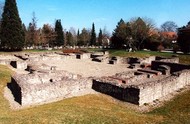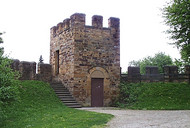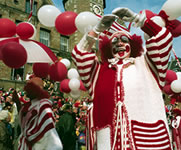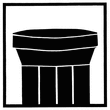
The Neckar-Alb Roman Route retraces historical Roman roads and forms a link between a great many interesting classical sites. Different types of Roman settlements are encountered along the way, such as the rural estate, the village settlement, the fort and the capital of a civitas, or "state". Excavated sites, monuments and museums all along the route are impressive testimonies to the history of the Roman province of Upper Germania. When the Romans laid out the first roads, they were military routes designed to cover the shortest distance from one fort to another, to secure supplies and facilitate the speedy movement of troops, especially in the event of war.

An extensive road network was a prerequisite for organising, administering and maintaining supplies to the vast Roman Empire. It was the central state that issued the instruction to have roads built, but it fell to soldiers or the communities along the route to actually carry out the construction. To make them as convenient as possible, it was usual to straighten or level out the terrain. Valleys were bridged by what were known as "viaducts", which were brilliant feats of engineering. Where there was no bridge, the road was sent through a ford, or a ferry service introduced. The Neckar-Alb Roman Route cuts through the Swabian mountains, a region with one of the greatest proliferation of castles anywhere in Germany. The route runs for approx. 400km from Köngen to Windisch/Brugg (Switzerland) and passes through remarkable scenery shaped by human activity whilst revealing many Roman treasures along the way.
 Skip to content
Skip to navigation
Skip to subnavigation
Skip to search
Skip to content
Skip to navigation
Skip to subnavigation
Skip to search







